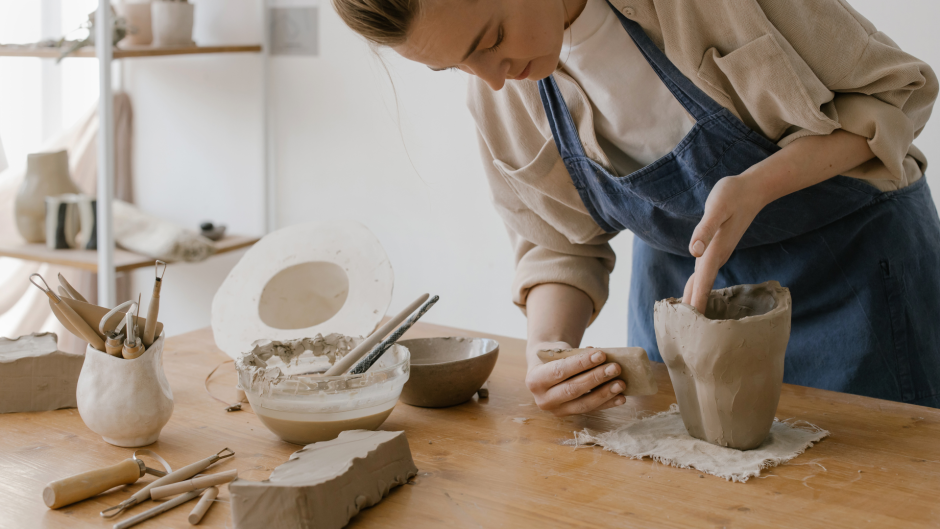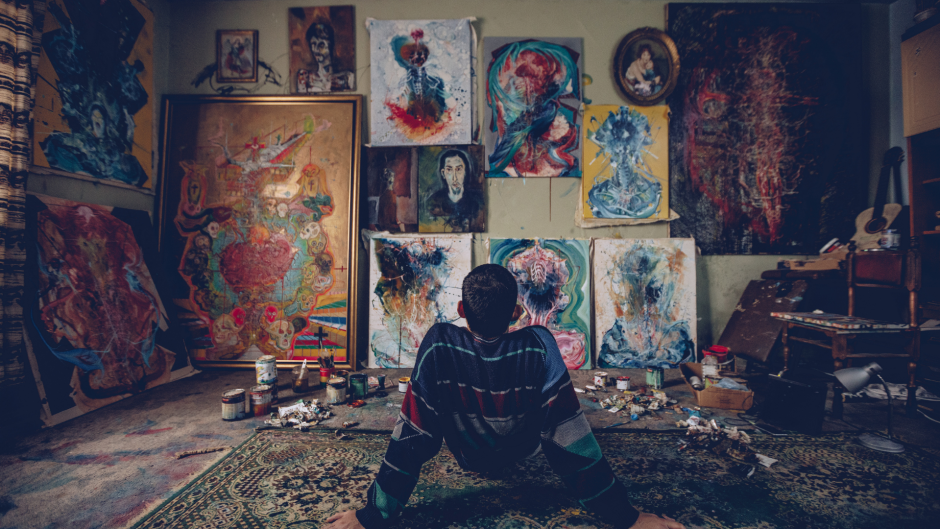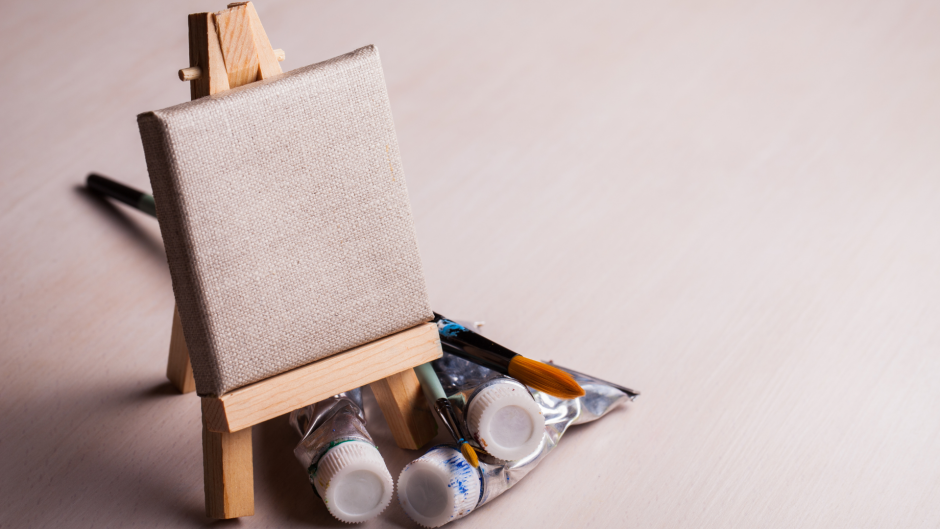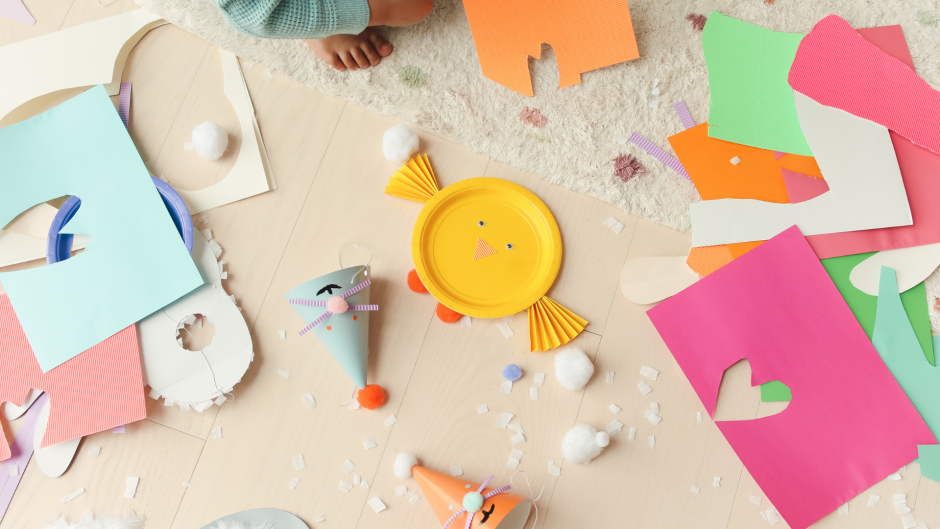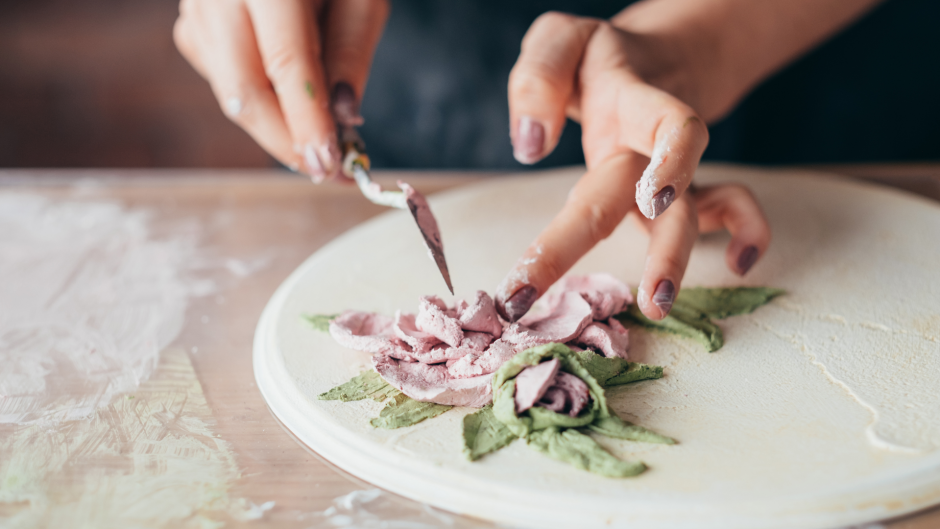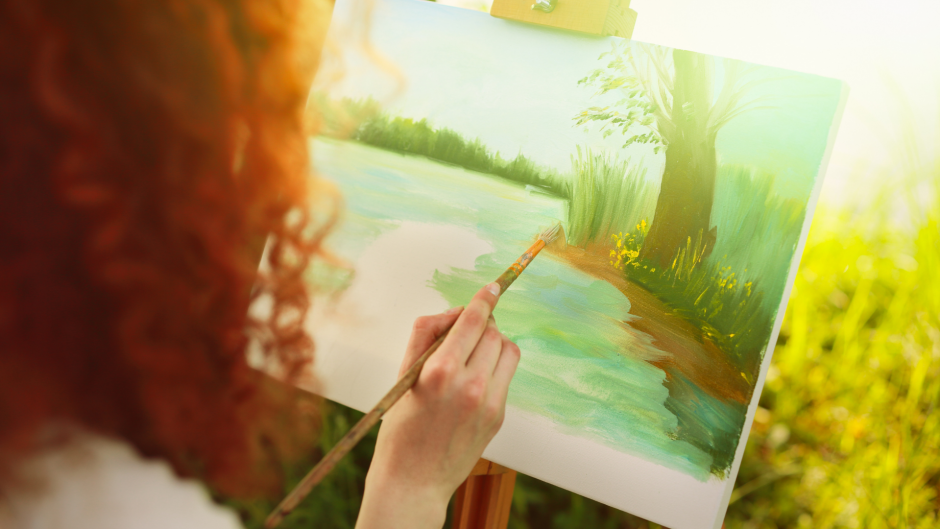Are you struggling to keep your kids entertained and engaged during their free time? Don’t worry, we’ve got you covered!
We have put together a list of 10 fun and easy art projects that will unleash your child’s creativity while keeping them occupied for hours on end. From DIY slime to handprint animals, these projects are sure to bring out the artist in every child. So grab some supplies and let’s get started on these exciting art activities that your kids will love!
1. Monster Mugs
This simple monster mug project is perfect for younger children who are just getting started with ceramics. All you need is some clay, a pottery wheel, and some patterned mugs.
Start by cutting out a basic shape for the monster’s head using your pottery wheel. Then, start mixing some clay until you have a rough mixture that starts to form a ball. Once it feels like it’s ready, start shaping it into the desired shape using your hands or a spoon.
Once it’s finished, put it in the oven at 350 degrees for about 15 minutes or until it hardens. Carefully remove it from the oven and let it cool before gluing on any details ornaments.
2. Easy Origami Flowers
Another easy art project that you can try with your kids is making origami flowers. all you need is some paper (both large and small), scissors, a tape measure, and an empty water bottle (or another container).
First, cut out two identical circles from different parts of the paper. Then, using the scissors, cut out a small hole in one of the circles.
Finally, use the tape measure to measure the circumference of the water bottle. Then cut a strip of paper that is slightly longer than the circumference of the bottle.
Now, glue the strip of paper around the circumference of the water bottle. Make sure to press down firmly so that it forms a nicely shaped origami flower.
3. Rainbow Craft Sticks
This is another super easy art project that your kids will love! All you need is some craft sticks (any kind will do), some colorful paper clips, and a glue gun.
First, cut some pieces of paper that are about two inches long and half an inch wide. Then, fold each piece of paper in half so that it forms a triangle.
Next, clip one end of each paper clip to one side of each triangle so that they form a rainbow-colored stick. Finally, glue each stick to a piece of cardboard or something else sturdy so that it doesn’t fall apart once you’re finished.
4. Clay Playdough
Clay playdough is one of the most versatile and fun art materials that you can use with your kids. All you need is some clay, some water, and some imagination.
Start by mixing a small amount of clay with water until it forms a smooth paste. Then, start shaping it into desired shapes using your hands or a spoon.
Once it’s finished, put it in the oven at 350 degrees for about 15 minutes or until it hardens. Carefully remove it from the oven and let it cool before playing with it!
5. 3D Printing With Kids
3D printing is one of the latest trends in the tech world and it’s something that your kids will love. All you need is a 3D printer and some simple supplies such as plastic objects, filament, and a heat gun.
First, print out some simple shapes or designs using the 3D printer. Then, use the plastic objects to create simple models or sculptures of your favorite characters or scenes from movies or TV shows.
Finally, use the heat gun to melt the plastic objects. Then use them to create realistic-looking 3D prints of your creations.
6. Paper Snowflake Ornament
This is another easy and fun project that your kids will love. All you need is some paper, a pencil, and some scissors.
First, cut out a paper snowflake shape using the scissors. Then, using the pencil, trace around the shape onto the newly-cut paper.
Finally, use the scissors to cut out the shape, and voila! You’ve created your very own paper snowflake ornament!
7. Sock Puppets
This is a super fun and easy puppet project that your kids will love. All you need is some yarn, a sock, and some scissors.
First, tie the sock around the middle of the yarn so that it forms a loop. Then, use the scissors to cut the yarn in half so that you have two equal-length pieces.
Finally, use one piece of yarn to create the head of the puppet and the other piece of yarn to create the tail. Now, just put it all together and your kid is ready to go!
8. Paper Plate Sculptures
If you’re looking for an easy art project that your kids will love, try out paper plate sculptures! All you need is some paper plates, some paint or markers, and some imagination.
Start by painting or marking each plate with a different color or design. Then, stack the plates up so that they form a sculpture or picture. Finally, let your kids enjoy their masterpieces!
9. Natural Collage Art
Another easy art project that your kids will love is a natural collage art! All you need is some paper, scissors, and some creativity.
First, cut out some shapes or designs using the scissors. Then, lay the shapes out on a piece of paper and start mixing and matching them together until you have a cohesive collage. Finally, use the paint or markers to add finishing touches.
10. Eggshell Mosaic Artwork
Eggshell Mosaic Artwork is a fun and easy art project that keeps kids engaged and creative. It’s also an inexpensive art project that requires few materials.
To get started, children will need to save and collect enough eggshells to cover their desired size for the artwork. Once they have gathered enough they can begin painting the eggshells in their desired colors.
Once the shells are painted and dried, the children will be ready to glue the shells onto a piece of craft paper or board to create their mosaic artwork. This art project will allow kids to be creative with their designs and arrange their eggshells in whatever way they see fit. The result will be a beautiful mosaic artwork for them to showcase and proudly call their own.

